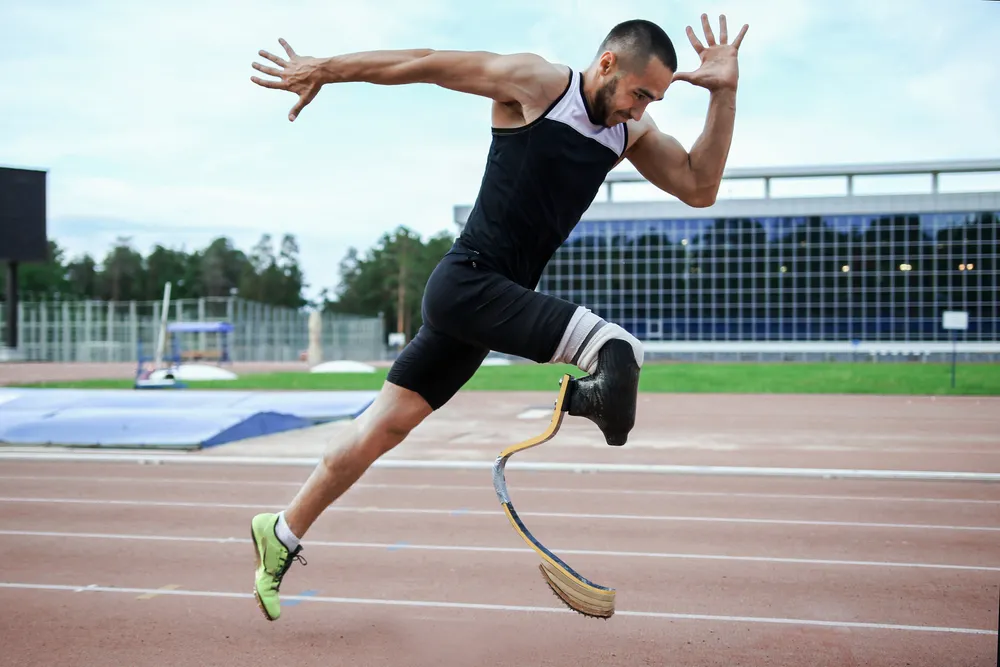Losing a limb changes life in many ways, but prosthetics can help people return to daily routines and feel whole again. Whether caused by injury, illness, or a birth condition, the need for prosthetic limbs is growing. While technology continues to improve, the most important part remains choosing the right type.
Prosthetics today come in many forms, each designed to serve a unique purpose. Some prosthetics help you move again. Others are made for comfort or to look natural. The good news? There’s something for nearly every need. Below, you’ll learn about the main types of prosthetics in a simple, easy-to-understand way.
1. Upper Limb Prosthetics
Upper limb prosthetics are for people who have lost part or all of an arm or hand. These help with movement and daily tasks. They also help people feel more independent.
There are different types, and each has its own purpose:
- Passive Prosthetics: These are made to look like a real arm or hand. They don’t move or do much, but they help people feel more confident in public.
- Body-Powered Prosthetics: These use cables and straps. You move part of your body to make the hand open or close. They’re strong, simple, and work well for basic tasks.
- Myoelectric Prosthetics: These use tiny sensors that read signals from your muscles. When you move your muscles, the hand moves too. They look natural and are easier to control, but they cost more.
Each type supports different goals. Some people want a simple tool for appearance, while others need full hand control for work or daily life.
2. Lower Limb Prosthetics
The second type of prosthetic is lower limb prosthetics, which is used to regain the ability to walk or run. The type chosen depends on how much of the leg is missing and the user’s mobility goals. Here are the most common types:
- Below-Knee Prosthetics: These replace the lower leg but keep the natural knee joint. They are easier to control and offer better balance.
- Above-Knee Prosthetics: These include an artificial knee joint. They are more complex and need training to use properly but offer good results for active users.
- Partial Foot Prosthetics: These replace only a portion of the foot. They help improve walking and reduce strain on the rest of the leg.
Some advanced lower limb prosthetics use carbon fiber or titanium to stay light and strong. This makes walking and physical activity more comfortable and less tiring.
3. Cosmetic Prosthetics
Cosmetic prosthetics are for those who want a natural appearance more than motion. They are often chosen by people who don’t need to use the limb for much movement but still want to feel comfortable in public.
- They can match skin tone, texture, and even tiny details like freckles or veins.
- While they don’t move or offer grip, they help balance the body and boost self-esteem.
This option works well for those with limited movement needs but high concerns about social comfort.
4. Activity-Specific Prosthetics
Some people enjoy sports, hiking, swimming, or biking. For them, activity-specific prosthetics make it easier to stay active and safe. These are designed to handle motion and stress better than standard prosthetics.
- Running Blades: Often used by athletes, these are shaped to support speed and agility. They’re made from flexible materials for high energy return.
- Swimming Prosthetics: These use waterproof parts. This type of prosthetic won’t rust or get damaged by water.
- Cycling Prosthetics: These are designed to fit snugly with pedals and allow smooth cycling motion.
Whether you love running marathons or swimming laps, activity-specific prosthetics make it possible to keep up with your passions.
5. Bionic Prosthetics
Bionic prosthetics are the most advanced type available. They use sensors, and motors, and sometimes connect directly to nerves. These prosthetics aim to copy real human motion.
- Sensors read signals from the brain or muscles.
- The motors move in a way that feels natural and smooth.
- Some models even offer feedback, like pressure or touch.
Though they cost more than other types, they offer great benefits. Users can grip a cup, type on a keyboard, or even feel pressure. They give back freedom many thought was lost forever.
The technology behind bionic limbs is still growing. More features are being added to help people live with fewer limits.
Conclusion
Types of prosthetics vary widely. Each serves different needs from basic appearance to advanced function. Choosing the right one depends on lifestyle, budget, and personal preferences. With so many options available, everyone can find a prosthetic that suits their needs. Modern prosthetics improve quality of life, offering users renewed freedom and confidence.
At OPC, we are committed to helping you understand your choices clearly. Contact us today for expert advice and support on prosthetics. Let us help you regain mobility and live your life fully.



